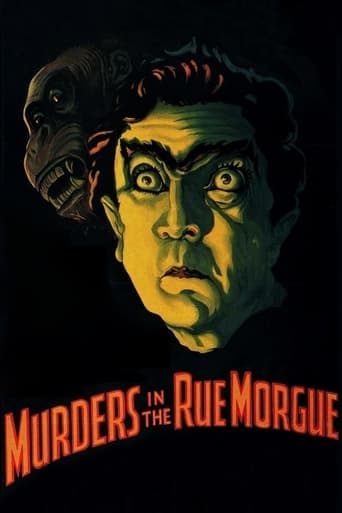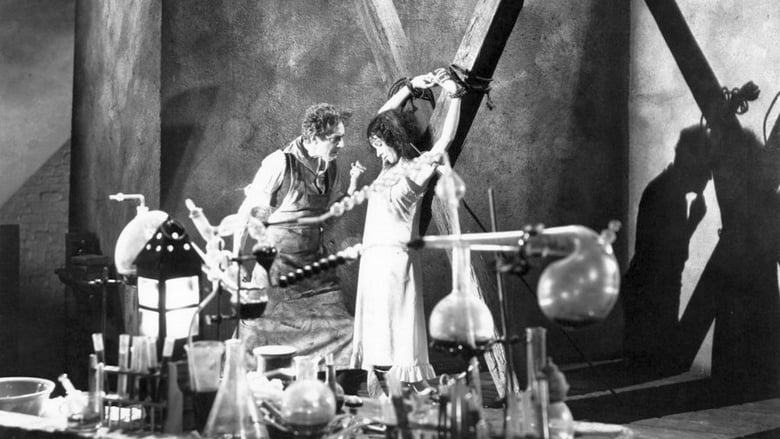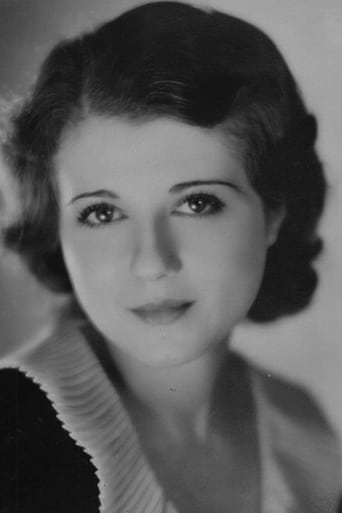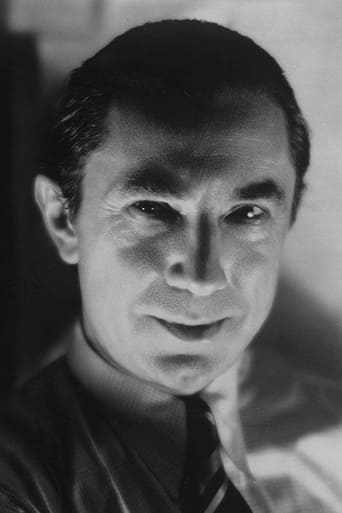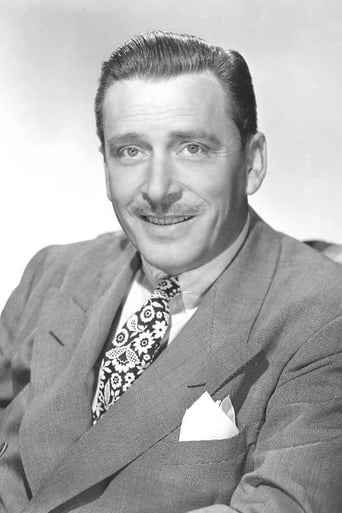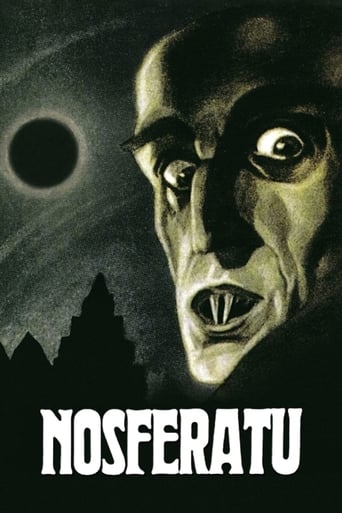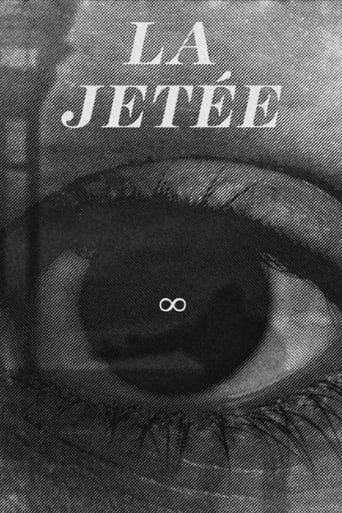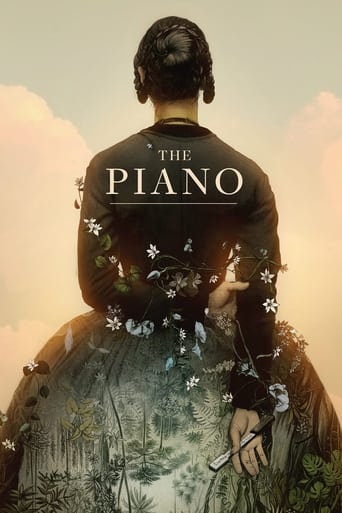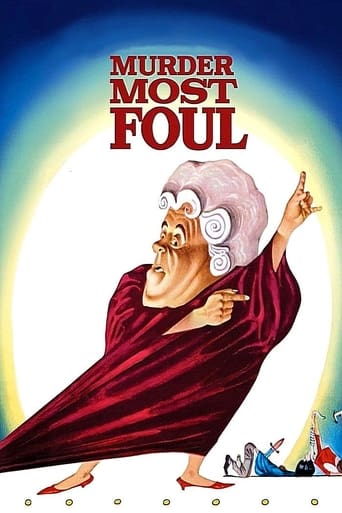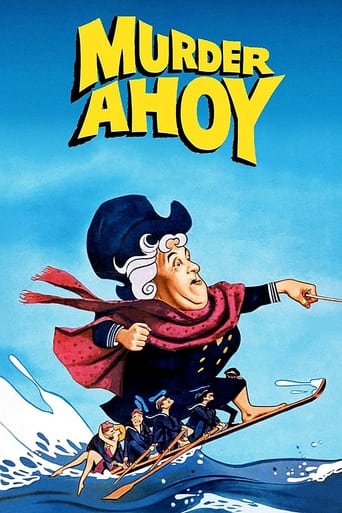Murders in the Rue Morgue (1932)
In 19th Century Paris, a maniac abducts young women and injects them with ape blood in an attempt to prove ape-human kinship but constantly meets failure as the abducted women die.
Watch Trailer
Cast


Similar titles
Reviews
It's hard to see any effort in the film. There's no comedy to speak of, no real drama and, worst of all.
It's funny, it's tense, it features two great performances from two actors and the director expertly creates a web of odd tension where you actually don't know what is happening for the majority of the run time.
A great movie, one of the best of this year. There was a bit of confusion at one point in the plot, but nothing serious.
There are moments that feel comical, some horrific, and some downright inspiring but the tonal shifts hardly matter as the end results come to a film that's perfect for this time.
This movie is a great movie. It has a great story line. It also has great acting. It is very scary. It is not a 6.4 6.4 is a good ratting. But this is a 10. Not a 6.4. That is underrating. This is a one of the best horror movie of all time. See it. It is a great movie. If it does not scary you no movie will. See it. It is a great movie. It is one of the scariest movies of all time. It is scarier then The Exorcist. And that is not easy to do. This is scarier then A Nightmare on elm street and that is not easy to do. This is scarier then Friday the 13th and that is not easy to do. This is scarier then Halloween and that is not easy to do. See this movie.
MURDERS IN THE RUE MORGUE is one of the more faithful adaptations of an Edgar Allen Poe story, and the filmmakers manage to fill in the "gaps" in the story (with scenes that aren't actually IN the short story itself, but serve to add to the movie in the way that such scenes SHOULD); the director's flair helps keep things interesting (the scene where the heroine is talking to her suitor while on a swing is the perfect example: the director takes an innocuous bit of exposition and makes it a memorable moment). The biggest problem I had was with the elderly chimp doubling for a gorilla in the closeups: having watched truly Remarkable Great Apes like Koko the gorilla, Chantek the orangutan and Nim Chimpsky the chimp COMMUNICATE with Humans (all via Sign Language), it's nigh impossible to watch this kind of amateurish misdirection and just shrug it off.
In 1845 Paris, handsome Leon Ames (as Pierre Dupin) and his rotund roommate Bert Roach (as Paul) take their giggly dates to see carnival attraction Bela Lugosi (as "Doctor" Mirakle) and his monstrous ape "Erik". The ape-man walks upright and is called, "The beast with a human soul!" When pretty Sidney Fox (as Camille L'Espanaye) gets close to his cage, "Erik" seems smitten with Mr. Ames' date and grabs her bonnet. Meanwhile, Mr. Lugosi reveals he is mixing the blood of man and ape to show evolution. We also see Lugosi save streetwalker and future "What's My Line?" panelist Arlene Francis; then, he gives her the needle...Naturally, Lugosi sets his sights on Ms. Fox, and then Ames must try to save her...This is a ridiculous story, and not true to the Edgar Allan Poe original; but, it is interesting and stylish. The common assertion that our simian cousins are "evolving" is still being repeated - usually by those sarcastically seeking to disprove evolution. This is incorrect, of course. Today's apes and humans are not evolving into each other; they merely have a common ancestral tract, which has been shown in ways one could relate to Lugosi's examination of blood in this film. Lugosi's lurid and torturous patient preparation of Ms. Francis and the expressionist sequences photographed by Karl Freund are highlights.******* Murders in the Rue Morgue (2/21/32) Robert Florey ~ Bela Lugosi, Leon Ames, Sidney Fox, Bert Roach
Murders in the Rue Morgue is a lesser known title featuring Lugosi when comparing it to his venerable portrayal of Count Dracula or even Murder Legendre in 1932's White Zombie – perhaps his role as a gypsy, albeit a small one, in The Wolf Man is more recognizable. As classic as some of these characters were, it was that mysterious Count from Transylvania that forever cemented his name in the horror hall of fame. Murders in the Rue Morgue is based on an Edgar Allen Poe short story. It recalls the tale of a time in the mid-1800's where a man by the name of Dr. Mirakle captures young women and injects them with the blood of an ape in order to create a mate alongside his pet sideshow, Erik. A young girl, L'Espanaye, is targeted by Mirakle while her fiancée Pierre Dupin pieces together a trail of bodies as a result of a sinister plot.One might scoff at the idea that a talented eye for cinematography existed in the early days of the movie business with such a limited palette but if you've taken the time to study each scene in classic titles like Das Cabinet des Dr. Caligari from 1920 or even 1922's Nosferatu (a precursor to Dracula), both exhibit a fantastic glimpse of film noir. Karl Freund, a well-known and respected cinematographer, made excellent use out of this method after studying film in Berlin in the early 1900's – Freund can be credited with various artistic endeavors in the industry, most notably his work on Dracula and of course, Murders in the Rue Morgue. Freund's perfected his craft as a result of the German Expressionist movement that occurred after World War I, with the use of serious black and white tones that set the stage for a range of emotions; Murders in the Rue Morgue looks gorgeous because of this tremendous feature.Lugosi, supported by a small cast of characters, help shape Murders in the Rue Morgue but doesn't make a lasting impression. Dr. Mirakle was Lugosi's first role after Dracula and already we witness various similarities between the two characters. It is enjoyable to view him as a more conniving individual with an untamed mane of hair in this feature as opposed to the clean cut and evil appearance he portrayed as a vampire. This film's run-time is about an hour long but the pace drags on much too slowly for my liking – I have not gotten around to reading Poe's short story that the film was based on but I'm sure they cut corners which is understandable, but I believe that certain characters deserved to be fleshed out more and certain elements of the plot explored more in depth. Like most films of this era, the ending happens so suddenly without the usual build-up that you'd expect from modern movies. Without an intriguing plot and an award-winning performance by anyone involved, this just adds to the bland after-taste I received when Murders in the Rue Morgue reached its conclusion. I can't stress enough how wonderful the quality of film is, so it makes it difficult to score this film lowly.There are audiences that exist today that simply can't grasp the importance or don't share the same appreciation for the great horror classics as fans of the genre do but even if you don't know Bela Lugosi's name or his life story, mostly anyone will agree that he's at the top. It's both sad and unfortunate that due to typecasting, coupled with a drug addiction to opiates, Lugosi's career in Hollywood was relegated to B-grade features as Universal Studios changed management in the late 30's. More importantly, however, was that his thick Hungarian accent disabled him from playing diverse roles, essentially categorizing him as a "horror guy" with parts that closely resembled one another. A depiction of his life can be seen in Tim Burton's 1994 film Ed Wood, a comedic yet informative look of Lugosi's life beyond the cape.Bela Lugosi died in 1956 of a heart attack at the age of 73. Reportedly, several other icons in the business were at his funeral, particularly Boris Karloff (despite popular belief the two men were not rivals), Peter Lorre, and Vincent Price. In Vincent Price's autobiography, he claims that while looking at the casket, Lorre commented to him, "Should we drive a stake through his heart, just in case?"

